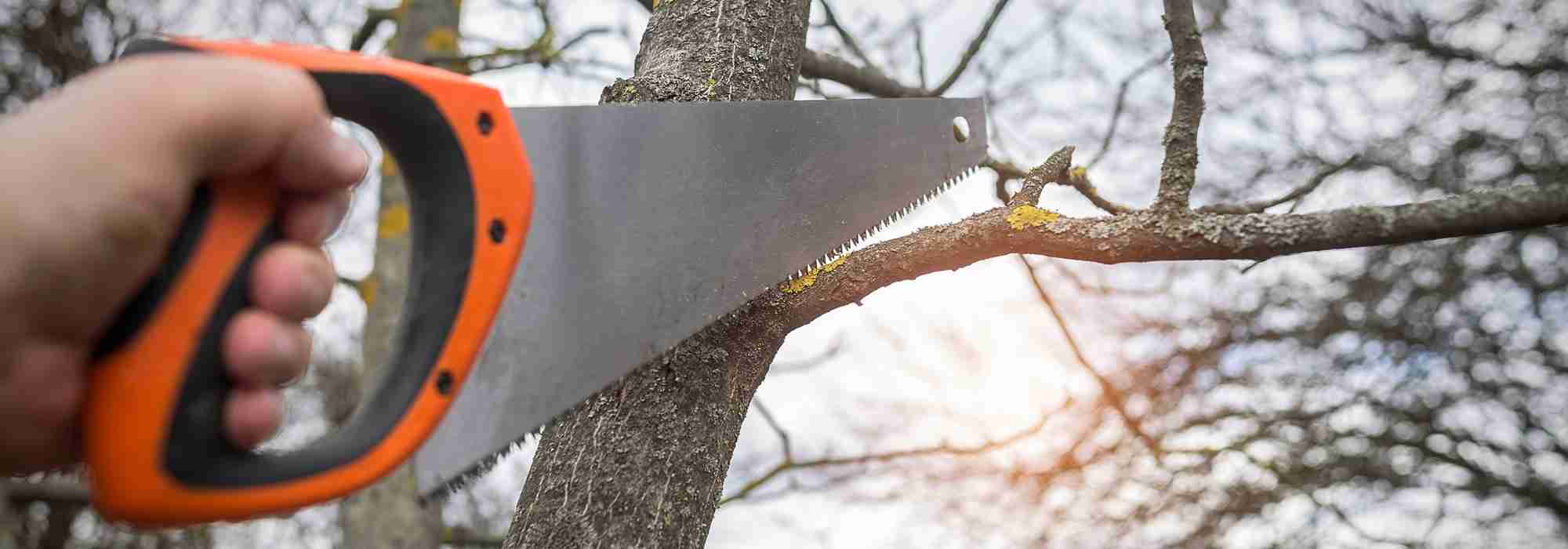
When and how to cut a large tree branch?
In accordance with best practice
Contents
Many know how to cut but few know how to prune”: these words by Jean de la Quintinie (17th-century agronomist) are still relevant nearly three centuries later. Indeed, pruning of trees and bushes requires both knowledge and dexterity. Poor handling can cause serious damage to the tree and… to your health.
Discover our advice on cutting a tree branch properly, safely and without harming it.
Why prune a branch?
There can be many reasons to remove a tree branch:
- For safety reasons (nearby buildings, car park, schools…);
- For health reasons (dead branches, diseases, insect attacks, broken branches);
- For productivity reasons (improve productivity of your fruit trees);
- For practical reasons (allow access for machinery, allow gardener to move along paths, let more light into garden to encourage more flowers, etc);
- To maintain tree shape.
Whatever the reasons, choice of tools as well as pruning method must be properly considered to guarantee you a satisfactory result.
Read also
How to prune a tree?When to prune?
Favourable period runs from November to March, during dormancy of plants and when sap no longer circulates in woody plants, but the ideal time is the very beginning of March because healing will start quickly and give pathogenous organisms less chance to establish.
There is an exception for stone fruit trees, which should preferably be pruned in early autumn.
Finally, do not carry out pruning on birches in early spring as you risk causing them to lose a large amount of sap.
Discover other Tree pruning and cutting
View all →Available in 1 sizes
Available in 1 sizes
Available in 1 sizes
Available in 1 sizes
Available in 1 sizes
Available in 1 sizes
Available in 1 sizes
Which tools for which pruning?
Choice of cutting tool is very important for respect of tree but, above all, for your own safety. It will mainly depend on space available, height of branch and its diameter. Here are main types of saw for cutting branches :
Knife saw
Sometimes called arboricultural saw or pruning saw, this very sharp tool is particularly recommended for branches that are hard to reach or when manoeuvring space is limited in a very dense tree. It is used by pulling the tool towards you, not by pushing. Easy to handle, cutting is generally quick and straightforward. Fine, clean cut will please gardener but its use is limited to small to medium diameter branches. Finally, it requires no maintenance.
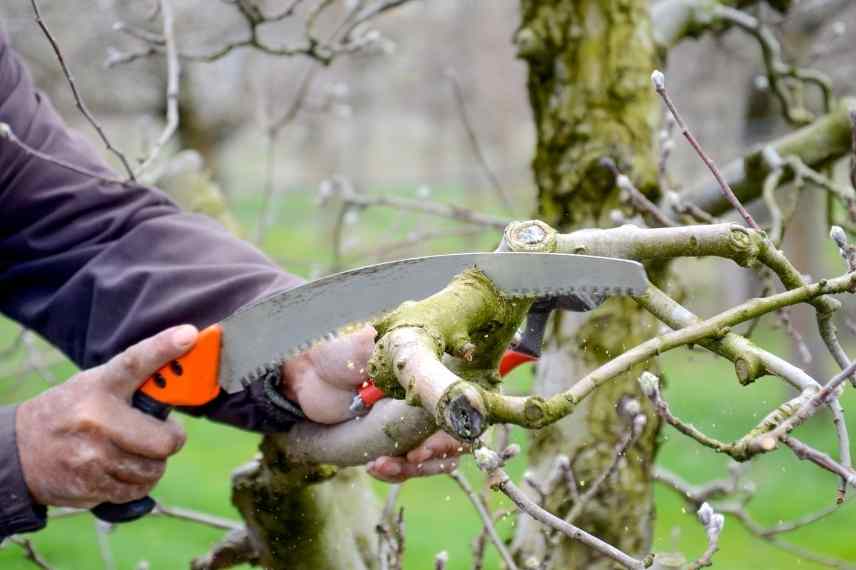
Hand saw
This versatile saw can be used for cutting and for various garden jobs (boards, stakes, chipboard) as well as for occasional cutting of green or dry wood. Cuts are almost as clean as those from knife saw. It often features an ergonomic handle, reducing fatigue during cutting. Hand saw is long‑lasting because it can be regularly sharpened.
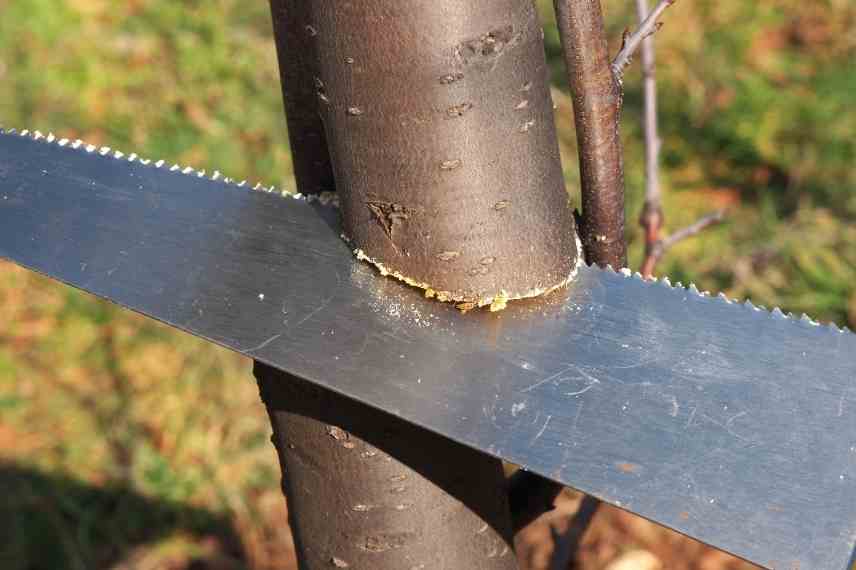
Bow saw
The bow saw, commonly known as log saw, is a type of saw used to cut round wood (logs, felling small trees, cutting firewood…). It produces a rough cut but enables rapid cutting. Blade is mounted in a steel frame with a tensioner and is replaceable when worn. It is inconvenient to use on a ladder or in a tree due to its size and shape, but can cope with large‑diameter branches.
François’s tip: saw axis must be perfectly perpendicular to axis of branch to avoid fatigue. Your arm should also be perfectly parallel to axis of saw during cutting.
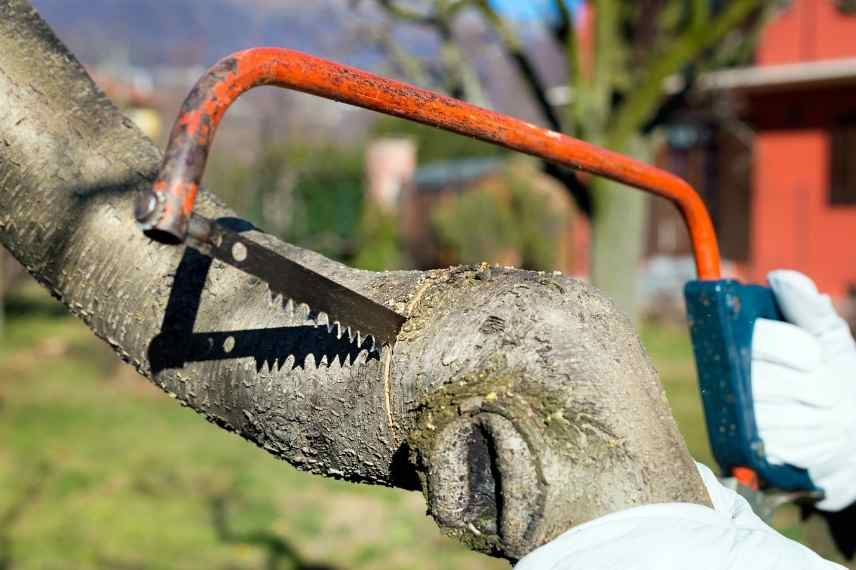
Finally, besides cutting tool, you will sometimes also need (depending on experience and dexterity) a ladder, a rope (to hold said branch), a tarpaulin (to collect all pruning waste at once), gloves (some bark may be spiny or abrasive), safety shoes (or equivalent) and possibly a lopper or a pruning shear to cut branch into pieces after it has fallen.
Read also
How to remove a tree stump?How to cut a large branch?
Never cut a large tree branch in a single sawing stroke! If you cut it at its base from above in one go, you will cause the bark to tear along the trunk as the branch falls. Such wounds leave the tree open to disease. Conversely, if you try to sever the branch from underneath, you will inevitably trap your saw under the branch’s weight.
Once you have carefully chosen your cutting tool and disinfected it with an alcohol cloth (prevents transmission of fungal and viral diseases), proceed as follows :
- Start by making an undercut on the underside of the branch of about one-third of its diameter, 30 cm from the trunk base. This will prevent the trunk’s bark from fraying as the branch falls;
- Make a second cut 10 cm from the first, this time on the top of the branch, until it falls. Perform this step slowly so you are not surprised by the branch’s sudden fall (especially if you are on a ladder!). Listen for cracking noises from the branch that indicate its imminent fall;
- Cut the remaining stub back to the branch neck. This is crucial because it prevents a gutter forming in your trunk. If the stub were left in place, it would eventually rot, creating a water-filled cup that would allow water to penetrate and spread decay into the tree. The tree would, of course, be doomed;
- Also take care not to damage the branch collar at the base of the branch, as that would make healing much more difficult and prolonged for the tree (open wound).
Make the most of your garden waste
Once your branch has fallen, you can cut it up using a log saw, an axe, a splitting maul and a wedge. It would be a shame to take the prunings to the recycling centre: these raw materials are extremely valuable for your garden. You can recycle them as mulch using a shredder or create an old woodpile for beneficial garden wildlife (hedgehogs, ladybirds, spiders, lacewings…). Larger logs can be used as fuel.
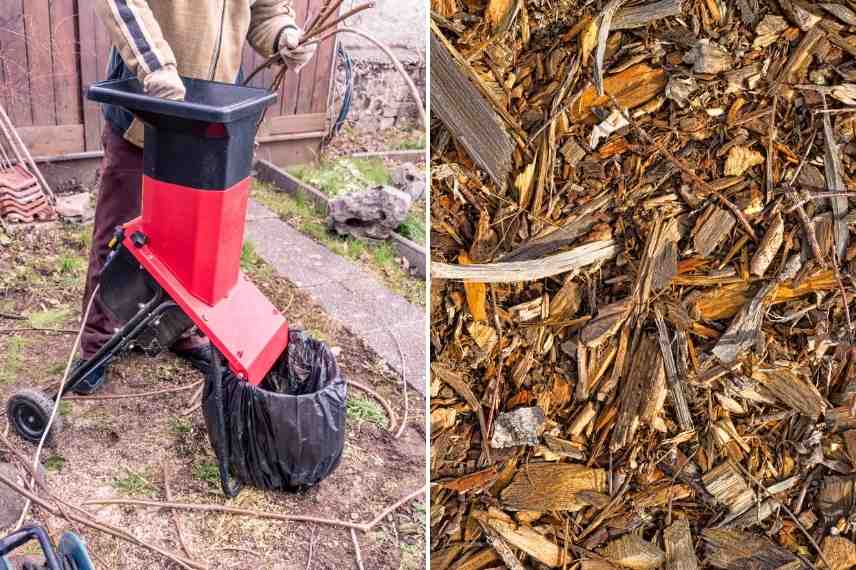
- Subscribe!
- Contents
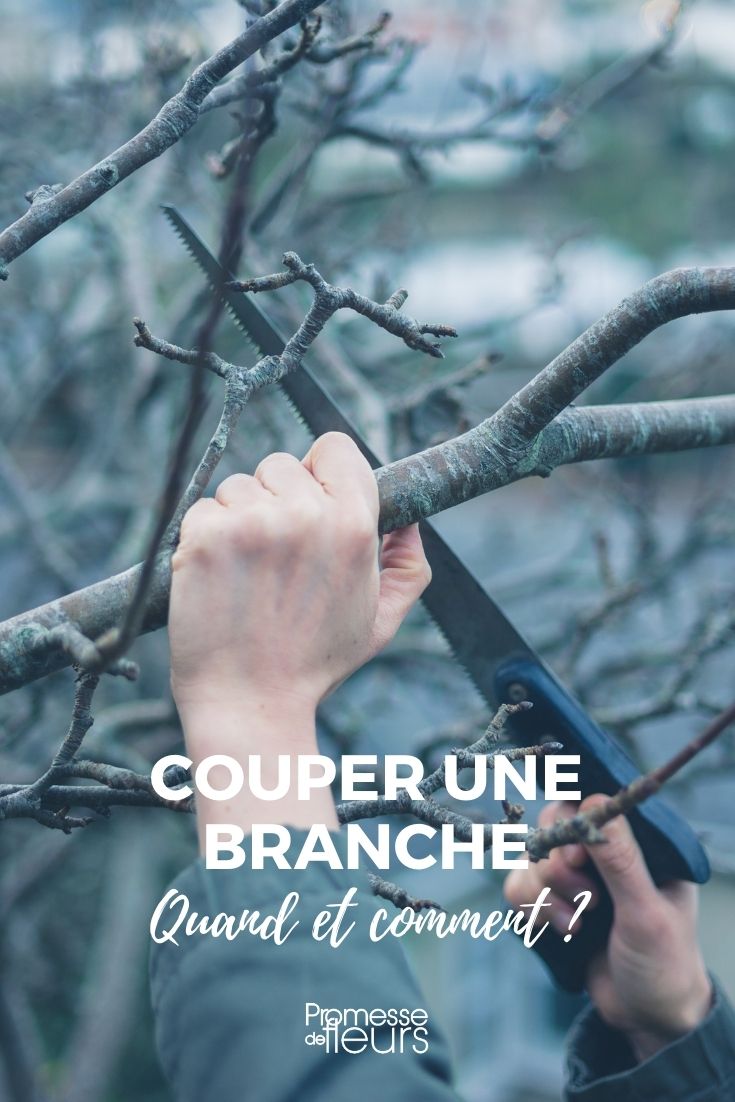































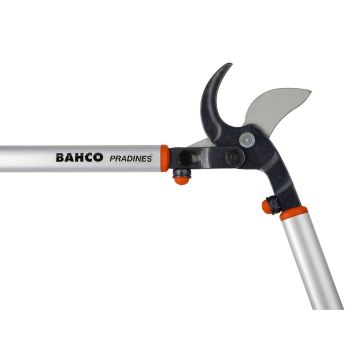
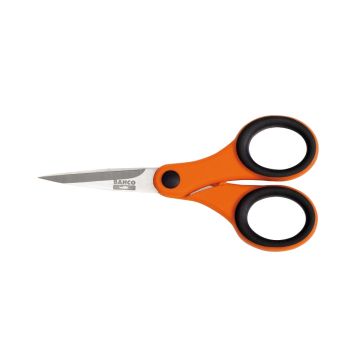
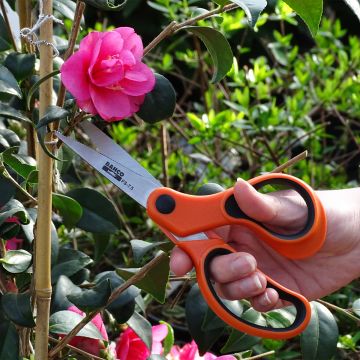
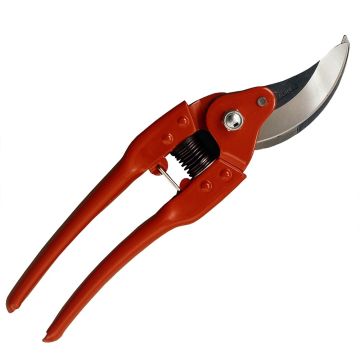
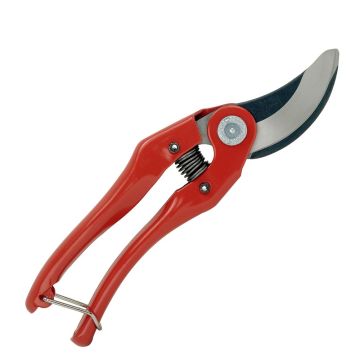
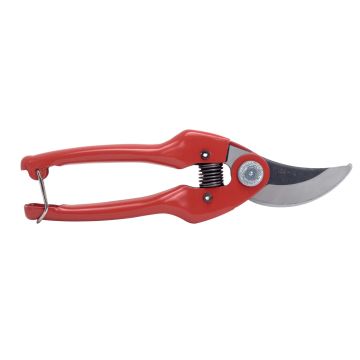
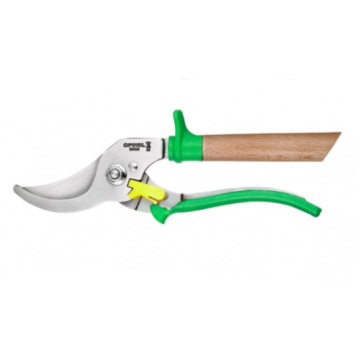
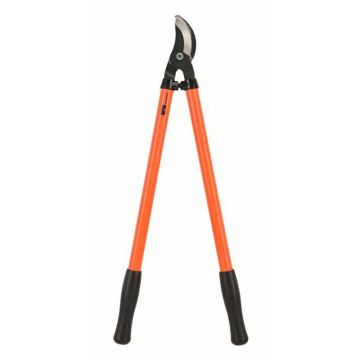
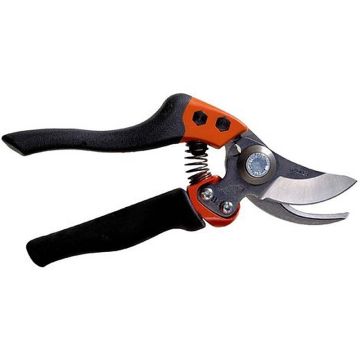
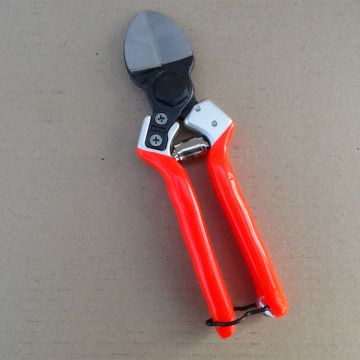
Comments